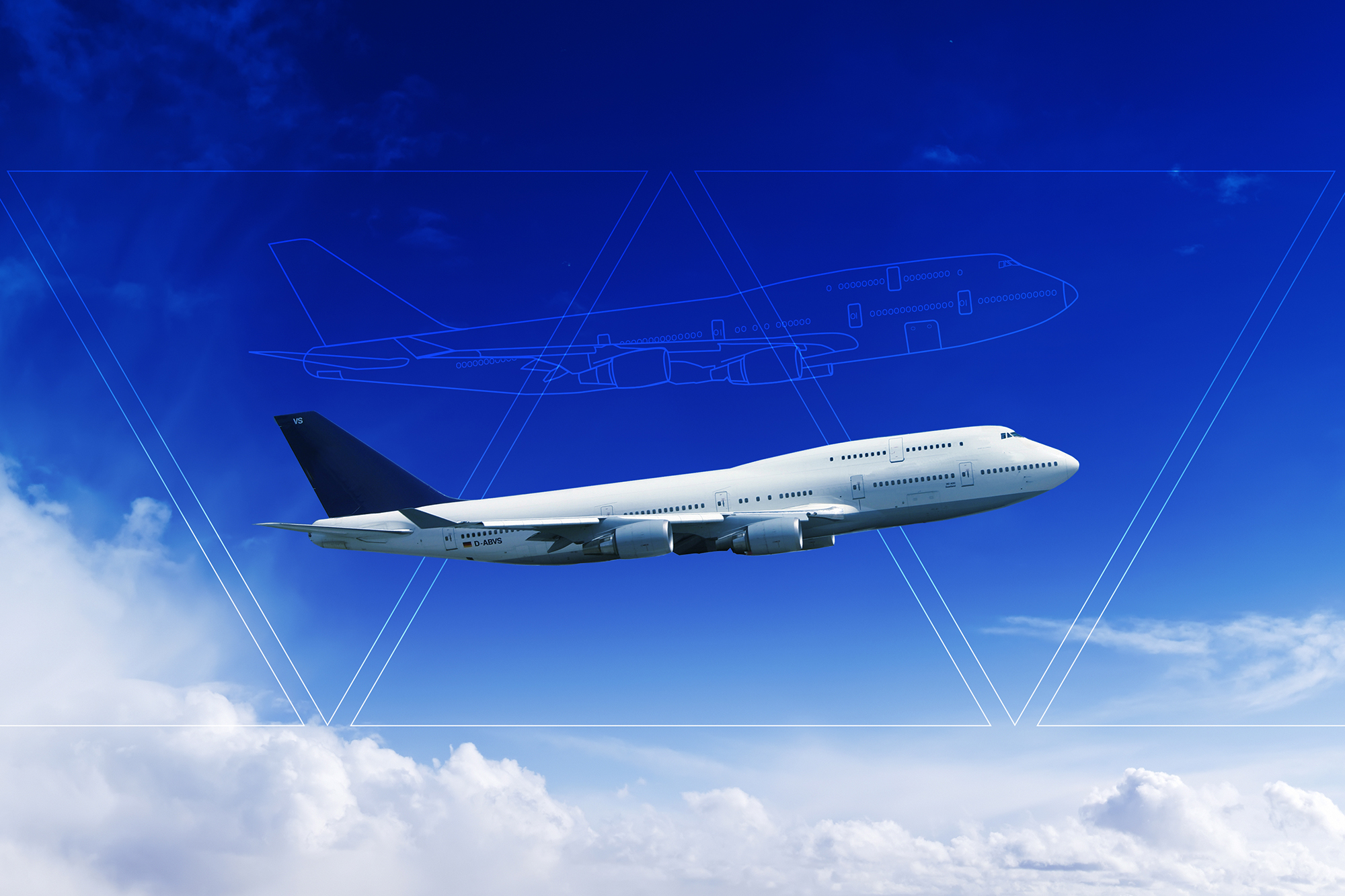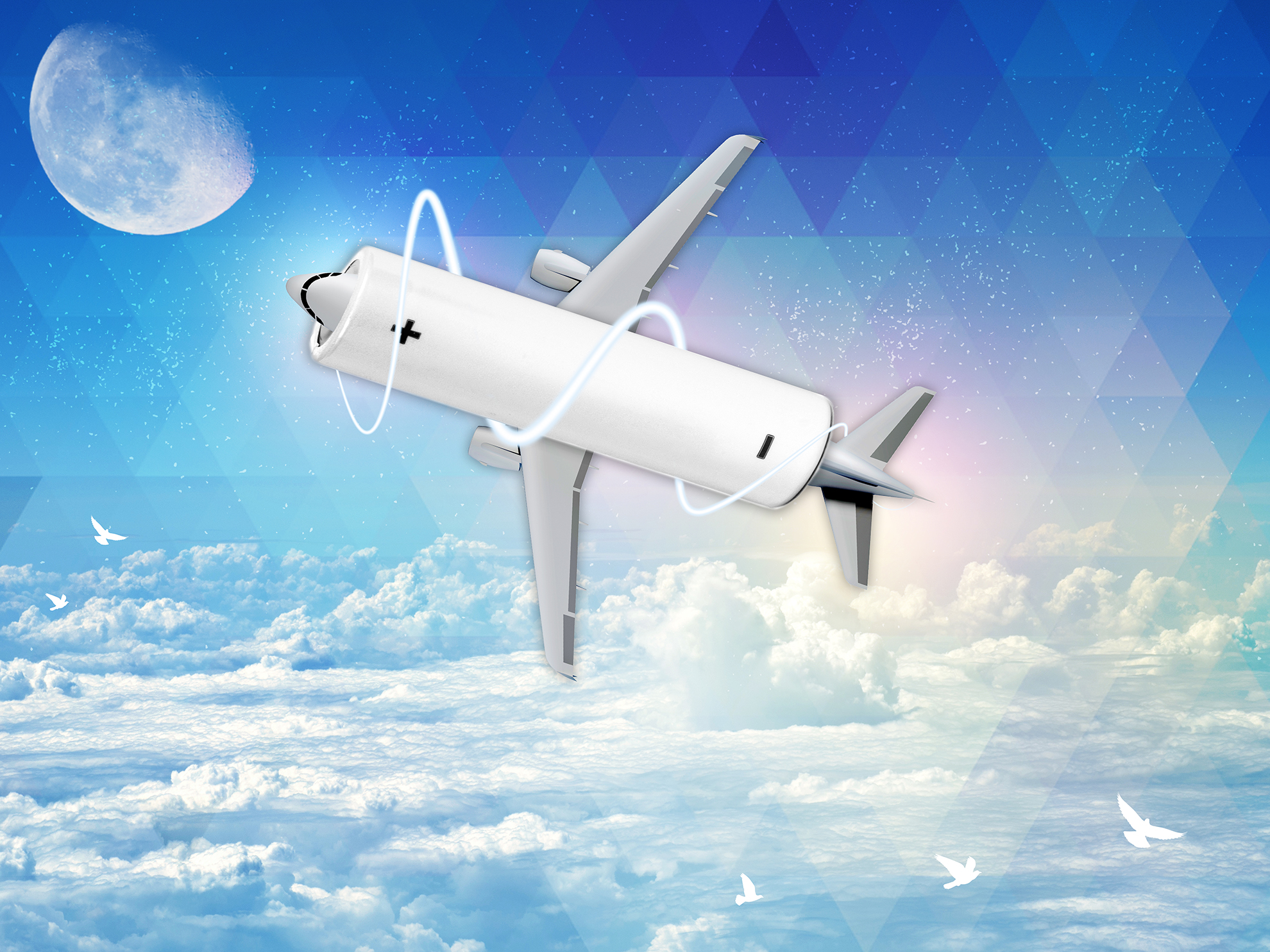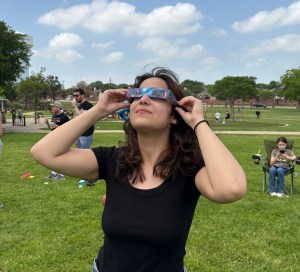Mother said it never hurts to ask.
So in that spirit, six teams of NASA’s aeronautical innovators are about to take the plunge and ask if the novel ideas they have come up with have the potential to transform aviation as we know it, extending the frontier of what’s possible with flight.
Imagine an electrically-propelled airliner whose fuselage is the battery. How about an Unmanned Aerial Vehicle (UAV) equipped with artificial intelligence programmed to respond to unforeseen situations the same way a human pilot would?
Those are among the six concepts recently selected for study during the next two years or so as part of an imaginative venture under NASA’s new Convergent Aeronautics Solutions (CAS) project.
The hope is that these creative ideas will all lead to something truly historic – the buzzword is “transformative” – and help crack tomorrow’s biggest challenges in aviation related to fuel use, the environment, and managing global growth in air traffic.
Of course, it’s very possible that after the studies are completed, the researchers may find that for whatever reason – technology, cost, the laws of physics – the answer is no, it’s not feasible. At least not right now.
“Is failure an option? It depends on your definition of failure. We’re going to ask the questions and see if these ideas are feasible or not. It just might be that it’s not feasible, but that’s OK,” said Doug Rohn, NASA’s manager for the Transformative Aeronautics Concepts Program within the agency’s Aeronautics Research Mission Directorate (ARMD).
To get to this point, the six teams had to compete with their colleagues in a “pitch day,” which on the surface looked and felt very much like what entrepreneurs go through to get investors to buy into their ideas on the latest investment TV show.
Teams stood before a panel of NASA managers, including Rohn, and presented their ideas.
“In that regard I would consider myself an early stage angel investor,” said Rohn, who as program manager holds the purse strings for the project and ultimately had to decide which of the 17 teams that competed for funding would get the nod.
“The idea of the project is this is an investment process, where we’re using almost venture capital-like principles. But instead of money, our return on investment is in knowledge and potential solutions to future challenges in aviation,” Rohn said.
To make the cut to even be considered, research teams had to form on their own, represent multidisciplinary talents and have members from more than one of NASA’s aeronautics centers in Virginia, California and Ohio.
But the most important consideration was the idea had to result in something – a technology, tool or process – that would answer one of two “Big Questions” currently helping to guide NASA’s aeronautical research.
The first one is “Can we demonstrate an aviation system with maximum efficiency and minimal environmental impact?” The second asks to “demonstrate the feasibility for urgent medical transportation from the wilderness of Alaska to the Mayo Clinic without human interaction.”
“They are fundamentally different questions,” Rohn explained. “The first one takes a more systems approach, while the second one takes a more mission design reference approach like the space folks at NASA are used to.”
In answering the second question, it’s not that NASA is trying to design a specific aircraft to fly from Alaska to Minnesota. It’s that if all the technologies were developed that could perform such a mission, those technologies would find other practical applications across the globe, Rohn said.
“With CAS we are trying to open people’s minds up to every possibility, while at the same time bound them so they are working on something that fits within the research thrusts spelled out in our strategic research plan,” he added.
The six ideas selected for the feasibility studies include:
Multifunctional Structures with Energy Storage
A challenge with electric propulsion is the mass (volume and weight) of the batteries that must be carried inside the aircraft. But what if the aircraft structure itself could serve as the battery? Advances in materials, chemistry and nanotechnology might make this possible.
Autonomy Operating System for UAVs
A concern about UAV’s is how their internal logic/software might respond to unforeseen situations – such as a sudden worsening of weather, or another aircraft flying too close – that would prompt the need for a sudden change in its programmed course and behavior. The question is can advances in programming and artificial intelligence result in making it possible for a UAV to respond to those situations on its own, without remote human interaction, in ways that are as sure and predictable as would be made by a certified human pilot?
Mission Adaptive Digital Composite Aerostructure Technologies
In recent years there have been advances in making and using composite materials in aircraft structures, as well as advances in designing future aircraft that can adapt to changing flight conditions by such techniques as changing the shape of their wings. The question is, what if those technologies could be combined such that super strong, lightweight composite structures also are able to be flexible and change their shapes as needed during a flight?
High Voltage Hybrid Electric Propulsion
A challenge in implementing electric propulsion on airliners (where electricity drives the engine fan to produce thrust, rather than petroleum-based fuel being burned in a traditional jet engine) is how to make the whole power distribution system as efficient and lightweight as possible.
A potential solution may be found in advances in high voltage, variable frequency drives now used on the ground, which significantly reduces the size and weight of the required equipment.
At the same time, researchers will investigate the use in the power distribution system of “self-healing” insulation. The idea is that if any deterioration in a high voltage electrical line begins, the resulting exposure of the electricity to chemicals bonded in the insulation would automatically repair the line – reducing in-flight problems and costly ground maintenance.
Learn to Fly
Historically, the process for designing, building, testing and certifying new aircraft for flight can take years and cost a lot of money. The question is, are we advanced enough in our understanding of flight and the use of computer tools where we can safely enable new airplane designs to be more rapidly flown by skipping ground-based testing.
Digital Twin
The question here is can a computer model be built that accurately simulates and predicts how an aircraft or its individual components are affected by aging and ongoing operations such that a “digital twin” of a particular airplane can be created. This could help predict when problems might arise in order to prevent them from developing.


































